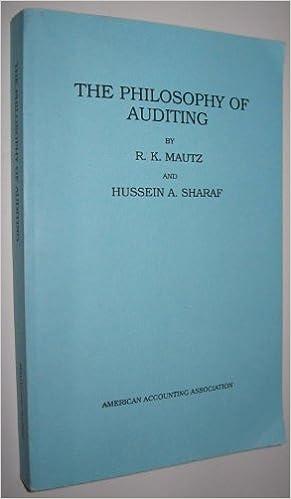


On January 2, 2018, Nimble Delivery Service purchased a truck at a cost of $62,000. Before placing the truck in service, Nimble spent $3,000 painting it, $600 replacing tires, and $4,400 overhauling the engine. The truck should remain in service for five years and have a residual value of $5,000. The truck's annual mileage is expected to be 28,000 miles in each of the first four years and 18,000 miles in the fifth year130,000 miles in total. In deciding which depreciation method to use, Harold Parker, the general manager, requests a depreciation schedule for each of the depreciation methods (straight-line, units-of-production, and double-declining-balance). Read the requirements. Requirement 1. Prepare a depreciation schedule for each depreciation method, showing asset cost, depreciation expense, accumulated depreciation, and asset book value. Begin by preparing a depreciation schedule using the straight-line method. Straight-Line Depreciation Schedule Depreciation for the Year Asset Depreciable Useful Depreciation Accumulated Book Cost Life Expense Depreciation Value Cost 70000 Date 1-2-2018 12-31-2018 12-31-2019 12-31-2020 12-31-2021 12-31-2022 5000 On August 31, 2018, Divine Floral Supply had a $165,000 debit balance in Accounts Receivable and a $6,600 credit balance in Allowance for Bad Debts. During September, Divine made: Sales on account, $570,000. Ignore Cost of Goods Sold. Collections on account, $604,000. Write-offs of uncollectible receivables, $9,000. Read the requirements. Requirement 1. Journalize all September entries using the allowance method. Bad Debts Expense was estimated at 4% of credit sales. Show all September activity in Accounts Receivable, Allowance for Bad Debts, and Bad Debts Expense (post to these T-accounts). Begin by journalizing all September entries using the allowance method. (Record debits first, then credits. Select the explanation on the last line of the journal entry table.) Sales on account, $570,000. Ignore Cost of Goods Sold. Date Accounts and Explanation Debit Credit Sep. 30 * Requirements 1. Journalize all September entries using the allowance method. Bad debts expense was estimated at 4% of credit sales. Show all September activity in Accounts Receivable, Allowance for Bad Debts, and Bad Debts Expense (post to these T-accounts). 2. Using the same facts, assume that Divine used the direct write-off method to account for uncollectible receivables. Journalize all September entries using the direct write-off method. Post to Accounts Receivable and Bad Debts Expense, and show their balances at September 30, 2018. 3. What amount of Bad Debts Expense would Divine report on its September income statement under each of the two methods? Which amount better matches expense with revenue? Give your reason. 4. What amount of net accounts receivable would Divine report on its September 30, 2018, balance sheet under each of the two methods? Which amount is more realistic? Give your reason









